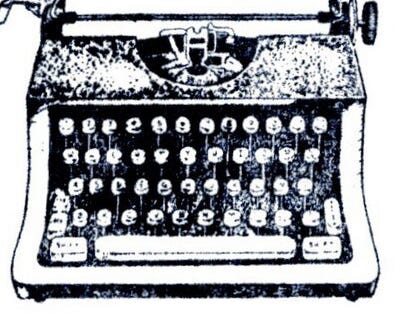The power of using a 'comma'
As best as we know, the idea for the comma and the full stop was invented by the same man—Aristophanes of Byzantium—and for the same purpose—to show actors how individual passages of text should be read. Originally taking the form of a dot floating in the middle of a line of text, the comma was meant to show orators when to pause to breathe while they read aloud. While still one of the most-used punctuation marks in English today, the comma can now also call itself the most expensive.
A misplaced comma in one Lockheed Martin contract gave a customer overgenerous terms that ended up costing the company $70 million. Similarly, last year, a Portland, Maine, overtime lawsuit hinged on a missing Oxford comma in an employer’s contract—costing the company a loss of $10 million. Think this is baffling? This is how confusing life would be without punctuation.
Fun Facts around using Commas
A comma is not just a punctuation mark! It is also a type of butterfly as well. Surprisingly, UK butterflies have a white comma-shaped mark on their wings which is why they are called comma butterflies.
A comma always follows conjunction. Famous as FANBOYS (for, and, nor, but, or, yet, so).
The comma was originally a slash or / symbol. The comma was invented by Aldus Manutius, an Italian printer—who also invented the semi-colon and italics. In the 1400s, Manutius made the slash mark (also known as the Virgule) lower than the text and curved it slightly. In the 1500s, the Greeks adopted the name ‘comma’ for Manutius’ new slash mark.
Your little guide to using commas
Using commas is not complicated but not using them is. So, how about never missing to put a comma? Let’s dive into an 8-degree stream which will let you know when to ABSOLUTELY put a comma.
Separate words, phrases, or clauses: Probably the simplest use case of a comma is to separate the words, phrases, or clauses that are hanging independently. For ex. I am taking art history, Russian literature, macroeconomics, and microeconomics.
Separate non-essential clauses: In my opinion, you are doing it the wrong way. ‘In my opinion’ is a non-essential connecting clause that starts with the
Separate adjectives: He is ambitious, hard-working, and extremely focused. Separating adjectives for a singular noun.
Add a comma after ‘which’: John’s car, which is parked outside, is getting drenched in rain.
Separate a person’s name: Thank you, Ramesh, for the excellent presentation.
Separate a person’s designation, degree, or certification: Tom Jones, MD, will be the keynote speaker for the next event. Put a comma after a person’s designation, degree, or certification to separate it from the rest of the sentence, and put emphasis on it.
Separate dates, numbers, geographical location: 26, January 2011, was the day when Rajeev had inaugurated his hotel chain. Add a comma after the date or geographical location to separate it from the rest of the month, city, and sentence. For ex. Chicago, Illinois.
Separate a direct quotation from the sentence: “Go, Riya”, said her aunt, “enjoy the rain!".
The Tweet Storm
Beat the lies:
The Punctuation Story:


In this edition, I had planned to use more STORIES, STATS, EXAMPLES, and keeping it concise. You need space to breathe while going through a newsletter and with this edition, you will get abundant breathing space.
This was an extremely concise edition covering the commas. Next, we would cover commas in detail. Watch out for it.
If you have anything more, share it out with me: ankita@thesuperwriters.com.
-Signing off,
Ankita
(Working from Manali): Just an update, nothing else. 😁





